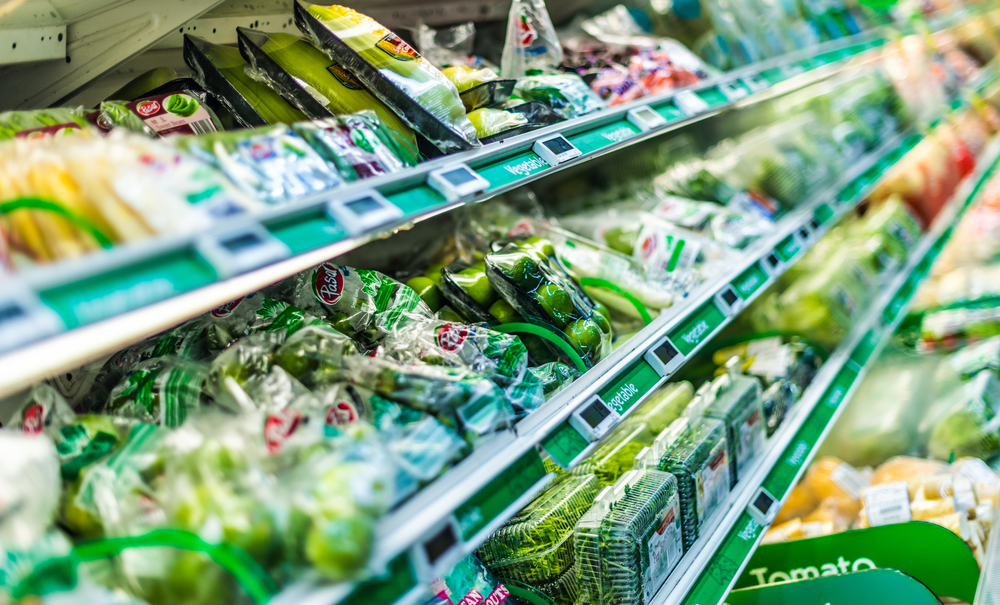The aisles of Asian supermarkets are filled with diverse and colourful food options. However, making healthier choices can be challenging with the wide array of products available. By learning how to read and understand food labels, you can make more informed decisions for you and your family’s well-being.
In this article, we’ll explore essential tips for deciphering supermarket food labels in Asia.
Nutrition Information Panel: The Key to a Balanced Diet
When examining a food label, start with the Nutrition Information Panel. This section provides valuable information about the product’s nutritional content, including energy, protein, fat, carbohydrates, sugars, and sodium. Keep an eye out for these critical elements:
- Serving size: Compare the serving size on the label to the amount you typically consume to accurately assess the nutritional content.
- Calories: Be mindful of the calorie content, as excessive calorie intake can lead to weight gain and other health issues.
- Fat: Opt for products with lower levels of saturated and trans fats, as these can increase the risk of heart disease.
- Sodium: High sodium intake is linked to hypertension, so choose products with lower sodium levels.
- Sugars: Excess sugar consumption can contribute to obesity and type 2 diabetes. Limit your intake of added sugars by selecting products with lower sugar content.
Ingredients List: The Hidden Clues to Healthier Food
The ingredients list is another essential part of a food label. It indicates the ingredients used in a product, listed in descending order by weight. Follow these tips for healthier choices:
- Shorter lists: Choose products with fewer ingredients, as these are often less processed and contain fewer additives.
- Familiar names: Opt for products with ingredients you recognise and can pronounce, indicating they’re likely to be more natural and wholesome.
- Hidden sugars: Be aware of alternative names for sugar, such as fructose, sucrose, and corn syrup, which can indicate high sugar content.
- Allergens: If you have food allergies or intolerances, check for allergen information on the label to ensure the product is suitable for your needs.
Health Claims: Separating Fact from Fiction
Food labels often feature health claims, such as “low fat” or “high in fibre.” However, it’s crucial to verify these claims by examining the Nutrition Information Panel and ingredients list. For instance, a “low fat” product might contain high levels of sugar, making it less healthy than it appears.
Cultural Considerations: Unique Ingredients in Asia
Asian cuisine often includes unique ingredients, such as MSG, which can cause sensitivity in some individuals. Be mindful of these ingredients when selecting products and opt for alternatives without such additives when possible.
Country-specific Guidelines: Local Regulations Matter
In Asia, food labelling regulations may vary between countries. Familiarise yourself with local guidelines to ensure you understand the labels in your region. For example, some countries use colour-coded systems, like Singapore’s Healthier Choice Symbol, to help consumers identify healthier options. The Health Promotion Board (HPB) in Singapore introduced the Healthier Choice Symbol (HCS) to make it easier for consumers to identify healthier food products. The HCS is a voluntary scheme where food manufacturers can apply to have their products assessed against specific nutrient criteria. Products that meet the criteria are granted the HCS label.
While food labelling guidelines vary across Southeast Asian countries, a common theme is the requirement for transparent and accurate information on pre-packaged food products. This helps consumers make informed choices about the food they consume and promotes healthier eating habits in the region.
Conclusion: Empower Your Food Choices
Understanding food labels is an essential skill for making healthier choices in the supermarket. By focusing on the Nutrition Information Panel, ingredients list, and health claims, you can better navigate the diverse offerings in Asian supermarkets. Informed food choices can lead to better overall health and improved well-being for you and your family.














